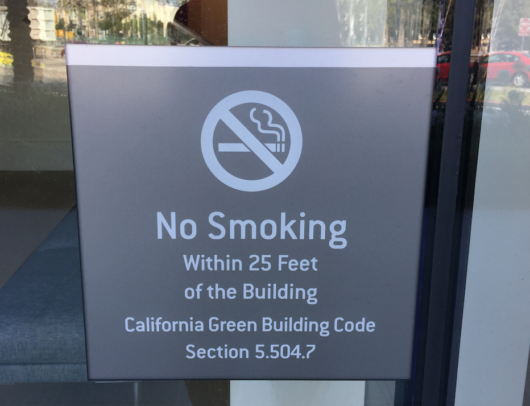In a recent post, I quoted from a Josh Hendrickson review of The Midas Paradox, particularly the discussion of the deflationary impact of devaluation fears during the 1930s. I viewed this as a bit of a puzzle. It’s no surprise that devaluation expectations would raise the demand for gold, and hence the value of gold. And since gold was a medium of account, that would be deflationary. But it would also reduce the demand for currency, which was also a medium of account. So why didn’t it reduce the value of currency? After all, an actual devaluation would reduce the value of currency.
Bob Murphy has a very interesting explanation in the comment section:
Scott,
Forgive me if I’m just saying the same thing you did, in different vocabulary, but, wouldn’t the following make sense? I don’t see what the mystery here is.
(1) Right now the US government will trade gold for dollars at $20.67 / ounce.
(2) Investors are worried that next year, they will charge people $35 to give them an ounce of gold.
(3) So investors naturally shift out of dollars and into gold. (Just like if you suddenly thought Acme stock would go from $20.67 today to $35 next year, at a time of very low interest rates, you would rebalance your portfolio to buy more Acme stock than you were holding 5 minutes ago.)
(4) Yet since right now the US is still on the gold standard at $20.67, as people try to get rid of dollars and hold more gold, the only way to maintain that rate is for the US Treasury to absorb dollars and release gold from its vaults.
(5) As the total amount of dollars held by the public shrinks, prices in general (quoted in dollars) fall.
Am I missing something?
That may indeed be the solution. If so, what did I overlook?
1. Perhaps I focused too much on the actual currency stock, which did not tend to fall during these episodes. But that may be because devaluation fears were associated with banking crises.
2. So let’s assume that Bob is correct that devaluation fears are deflationary because they reduce the currency stock, ceteris paribus. In that case, the banking panics that increased currency demand could be viewed as a second deflationary shock, and perhaps the central bank increased the currency stock enough to partially offset this increase in currency demand, but not the initial shock of more demand for gold.
3. Suppose there had been no banking panics. And suppose that the central bank responded to fears of devaluation by preventing the money stock from falling. What then? In that case, the shock might not have been deflationary. But that’s not because devaluation fears are not deflationary, but rather because the central bank would have taken an expansionary monetary action to offset the private gold hoarding. Under a gold standard, an outflow of gold into private hoards should normally result in a smaller currency stock, keeping the ratio of gold to currency stable. So if the central bank refuses to let the currency stock fall, that’s an expansionary monetary policy. It wouldn’t mean the devaluation fears were not deflationary, ceteris paribus, but rather that the deflationary impact of one shock was being offset by an expansionary policy elsewhere.
4. Bob mentions that the M1 money supply did fall during the banking panics, which simplifies things, but I prefer to do all the analysis through the currency stock (or monetary base), which in this case made things more complicated for me.
5. How about from a finance perspective? At first glance it seems weird that people would hold both gold and currency, even though the expected return on gold was higher during a period of devaluation fears. But gold and currency may not be perfect substitutes, and as the stock of currency declines the marginal liquidity services it provides increase relative to gold. Or perhaps those who feared devaluation correctly anticipated that the government would confiscate domestic gold hoards.
I am still a bit confused by the evidence that markets respond differently when devaluation (or revaluation) seems imminent. The markets were not adversely affected by the gold crisis in early March 1933, anticipating that FDR would soon do something dramatic. And they were adversely affected by fears of revaluation during the “gold panic” of 1937. So there are still some unresolved puzzles in my mind. But Bob’s explanation for the basic pattern of the early 1930s seems better than anything else I’ve seen.
PS. I am currently in San Diego, at the Western Economic Association conference. Blogging will be sporadic for most of the summer.





